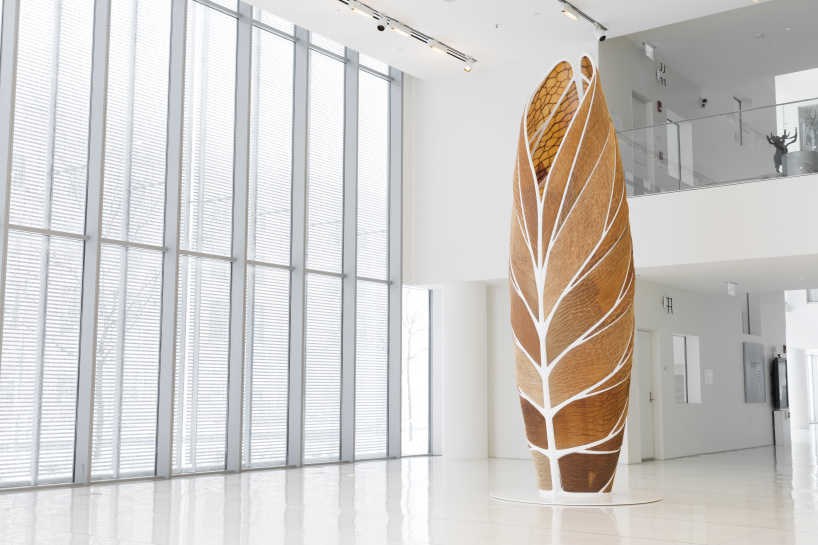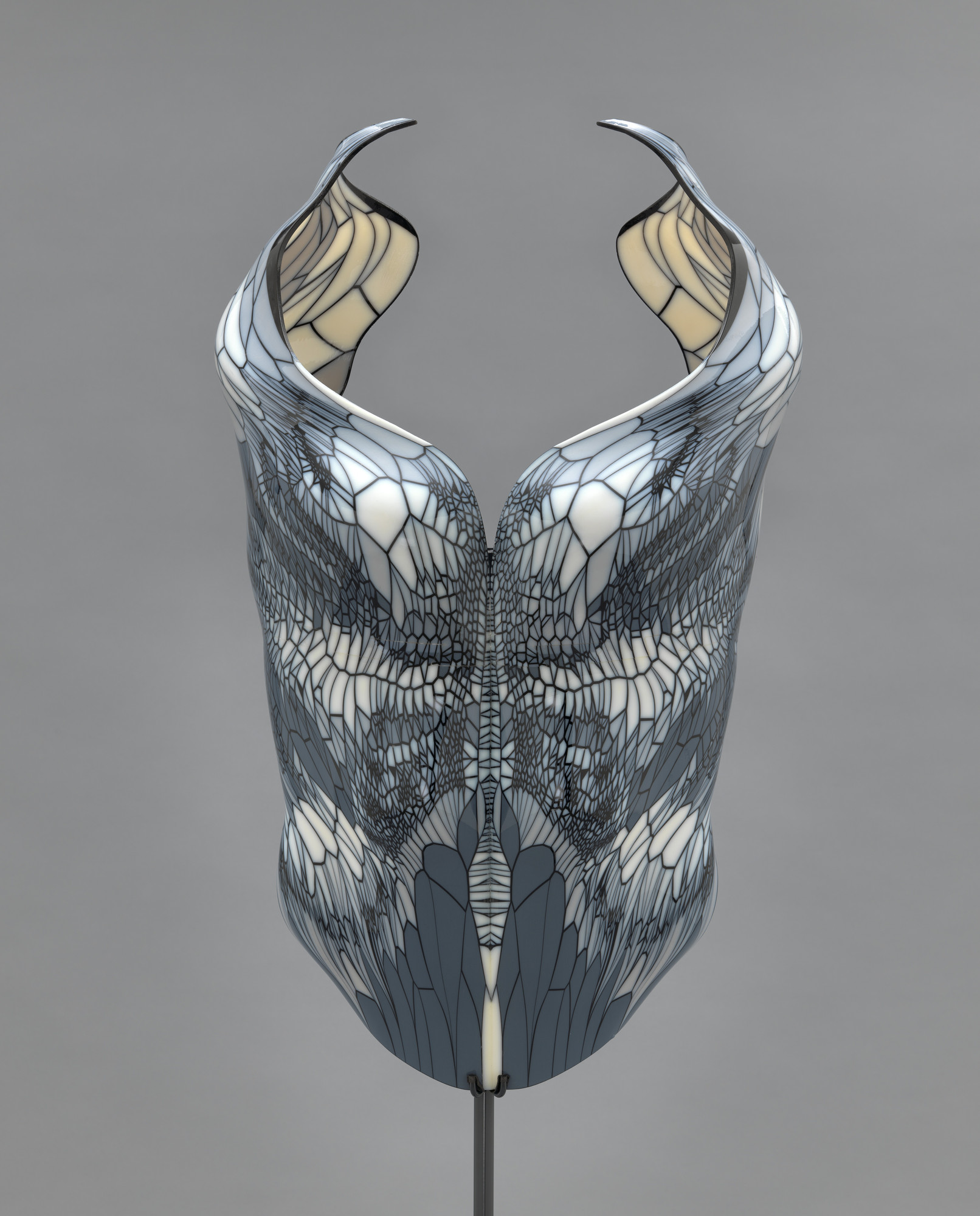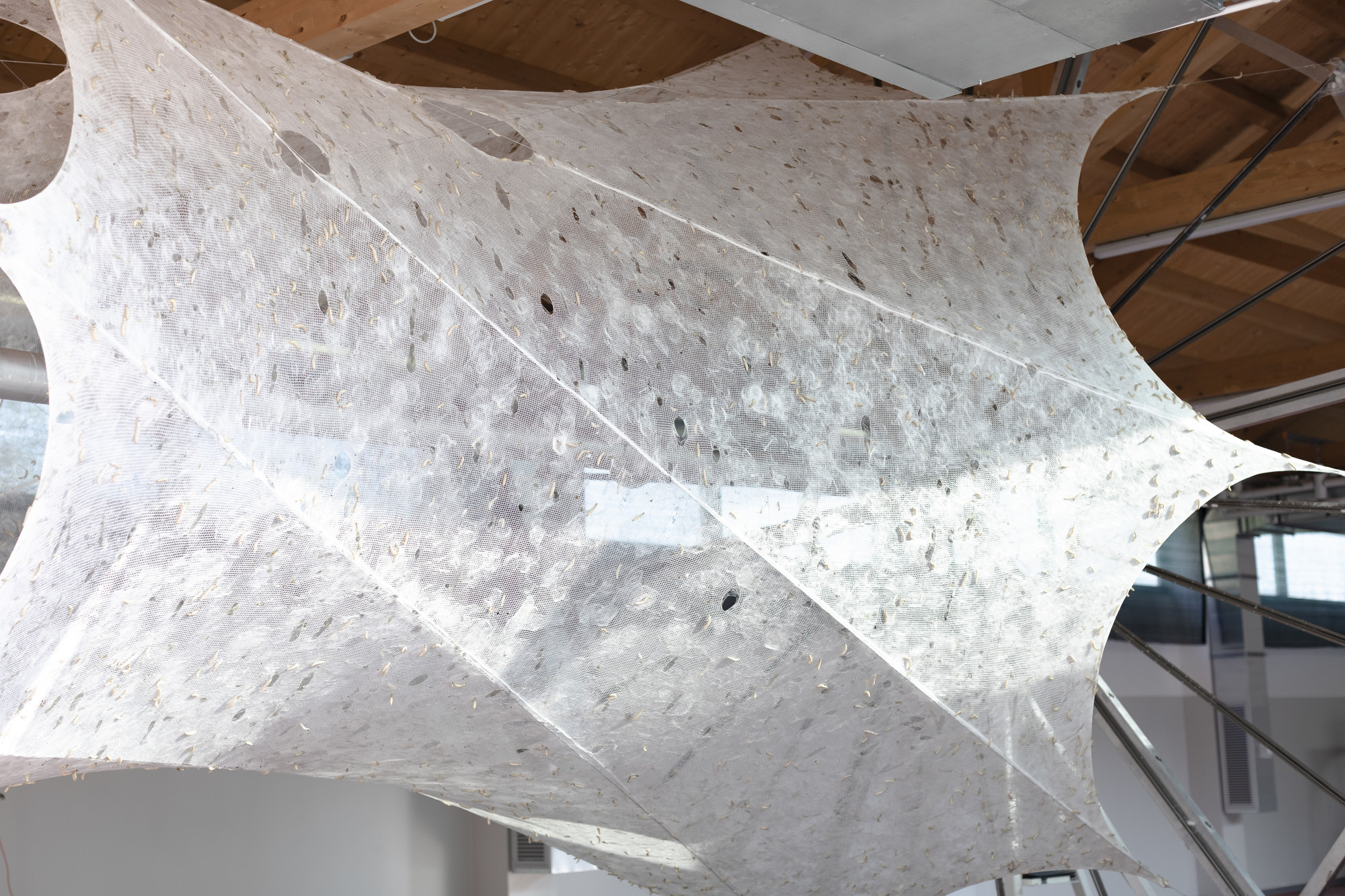Neri Oxman: Pioneering the Future of Architecture and Art
Neri Oxman is a name synonymous with innovation at the intersection of design, architecture, and biology. As an architect and artist, Oxman’s work has revolutionised how we think about the built environment, merging cutting-edge technology with ecological principles to create a new genre of “material ecology.”

Educational Background and Influences
Neri Oxman’s educational journey has been instrumental in shaping her unique approach to design and architecture. A graduate of the prestigious Technion – Israel Institute of Technology, followed by further studies at the London Architectural Association School of Architecture, Oxman pursued her PhD at MIT, where she later founded and directed the Mediated Matter Group. Her education not only provided her with rigorous training in architecture but also introduced her to the fields of art and science, which play a critical role in her work.
Neri Oxman’s Work: A Symphony of Art and Science
Neri Oxman’s portfolio, which combines ideas from computing, engineering, and biology, is evidence of her multidisciplinary approach. Her architectural ideas and artwork frequently reference natural processes and patterns. Innovative materials and structures, such as wearable 3D-printed interfaces and biologically inspired manufacturing technologies, have been developed as a result of this distinct process.

Groundbreaking Artwork and Architectural Innovations
One of the key aspects of Oxman’s work is her commitment to sustainability through innovation. Her creations often focus on enhancing the relationship between the built environment and the natural world. Notable projects include the Silk Pavilion, where she used silkworms as live fabricators of silk thread on a skeletal structure, and the Water-based Digital Fabrication Platform, which proposes a new way to build structures underwater, inspired by the way corals construct their own habitats.

Architect Neri Oxman and Her Signature Buildings
While Neri Oxman is renowned for her experimental projects, her influence extends to tangible architectural accomplishments as well. Her approach to architecture work emphasizes the symbiotic relationship between the environment and human activity, proposing buildings that are not only functional but also integral components of their ecosystems. Each of Oxman’s buildings and projects illustrates her philosophy that the future of architecture lies in harmony with natural processes.

The Artistic and Architectural Legacy of Neri Oxman
Neri Oxman continues to be a leading figure in both the art and architectural communities, with her work inspiring new directions in how structures are conceived and built. Her contributions to education through her teaching and research at MIT have also paved the way for future generations of designers and architects to explore interdisciplinary methods. Oxman’s work remains at the forefront of the conversation about the future of architecture and design, emphasizing that the health of our planet is interconnected with the creativity and sustainability of our constructions. Neri Oxman is not just shaping the world of architecture and art; she is redefining it, encouraging a profound respect for nature and technology in creating a better living environment. Her ongoing projects and future endeavors are eagerly watched by both environmentalists and technologists, as she continues to build a legacy that transcends traditional boundaries of art and architecture.
How a Painter’s Vision Redefined Global Communication: The Story of the First Telegraph





